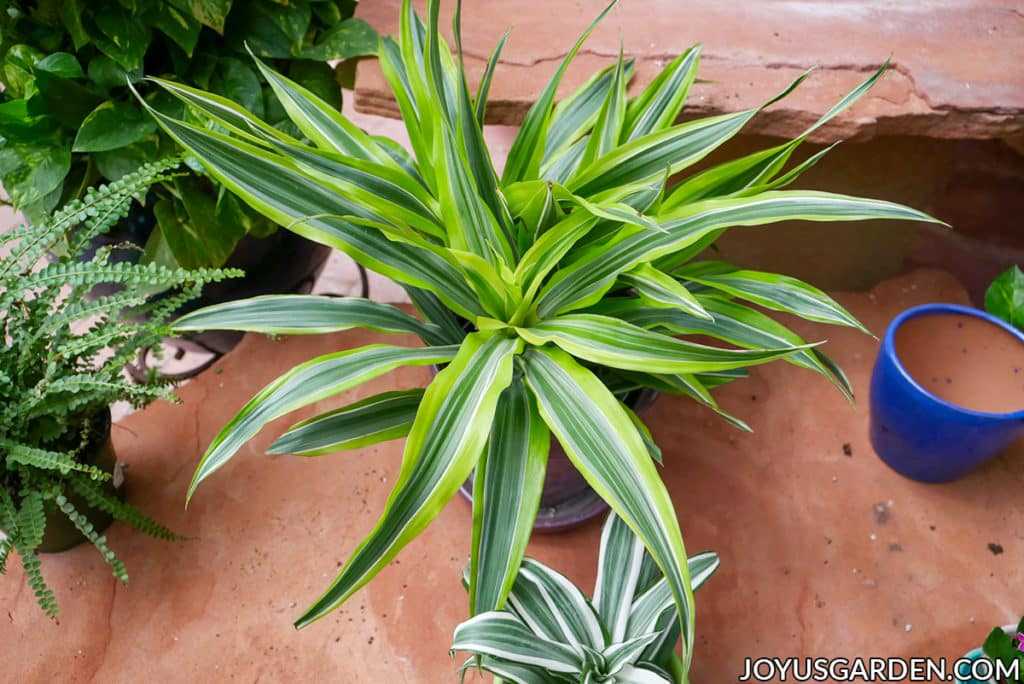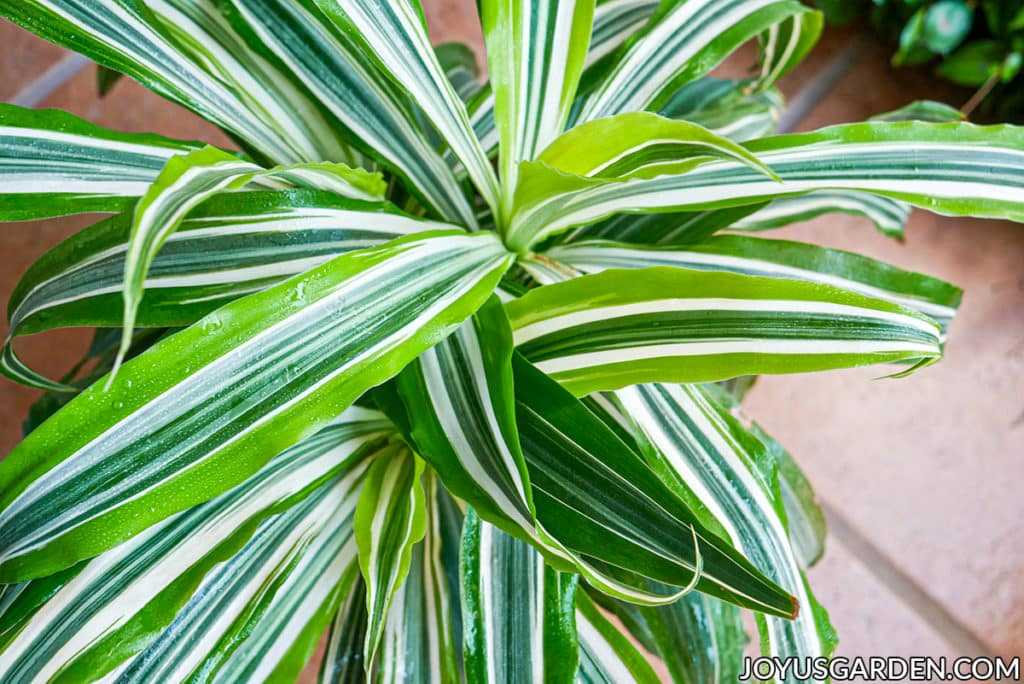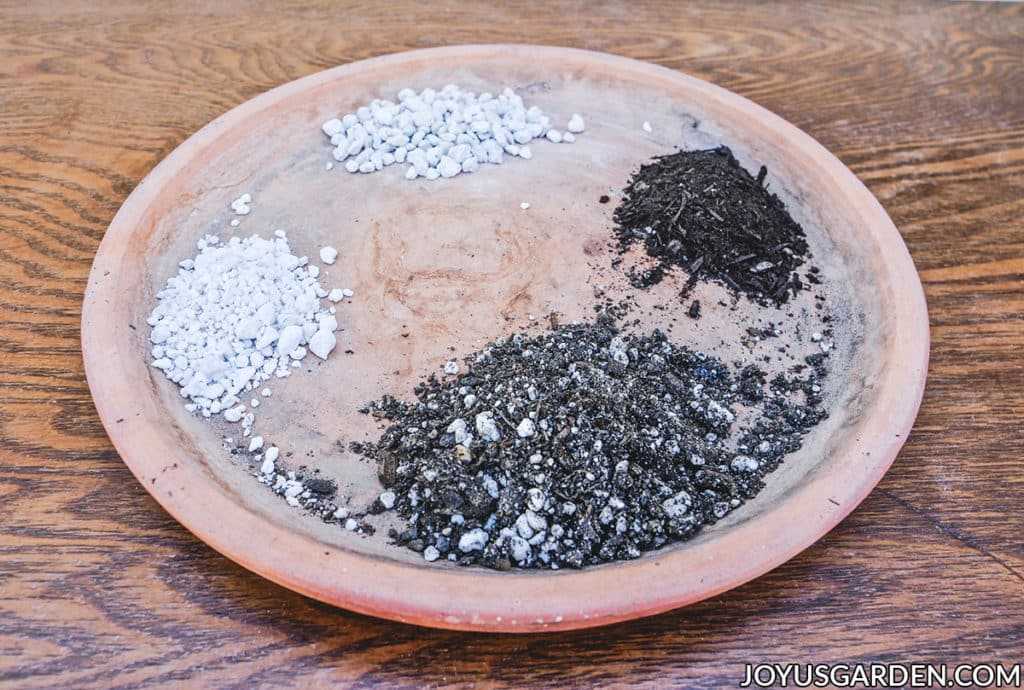Агротехника при выращивании лайма в помещении
- Освещение и месторасположение. Растение предпочитает хорошее рассеянное освещение, но стоит притенять от полуденных солнечных лучей с 12 до 16 часов дня. Подойдут подоконники окон, выходящие на восточные и западные стороны света. Если растение в южной комнате, то можно ставить горшок в глубине помещения. А на окне северной локации устраивать подсветку фитолампами. В общей сумме длительность светового дня должна составлять не менее 10–12 часов в сутки.
- Температура содержания. Для того, чтобы растение радовало своим ростом и плодами, необходимо поддерживать показатели тепла в весенне-летний период не выше 35 градусов. А с приходом осени температуру можно снизить до 10–15 градусов. Такое содержание будет залогом успешной завязи бутонов и последующего плодоношения.
- Влажность воздуха при выращивании лайма в домашних условиях должна быть постоянно повышенной, как и в условиях естественной среды. Поэтому в летний период потребуется опрыскивать «кислый лимон» не менее одного раза в день теплой мягкой водой из пульверизатора. Воду лучше брать мягкую без примесей извести, так как иначе на листьях появится белесая пятнистость. Также можно промывать крону деревца под душем, прикрыв почву в горшке полиэтиленом. Рядом с вазоном рекомендуется ставить увлажнители воздуха, емкости с водой или устанавливать горшок с лаймом в поддон, на дне которого находится керамзит или нарезанный мох-сфагнум, а также налито немного воды.
- Удобрения для лайма. Когда у деревца начинается стадия активного роста (с начала вены по октябрь), необходимо проводить подкормку, чтобы обеспечить красоту листьев и плодоношение. Потребуется вносить раз на две недели специализированное удобрение для цитрусовых растений. Либо чередовать комплексные минеральные растворы с органическими подкормками. Органикой может выступать раствор на основе коровяка. Если зимовка проходит при пониженных температурах, то подкормки прекращаются, а вот содержание в осенне-зимний период при комнатных показателях тепла потребует внесения удобрений раз на месяц в умеренной дозе, чтобы не произошло перекорма. Удобрения вносят на следующие сутки после увлажнения почвы, так будет меньшая вероятность обжечь корни лайма. И добавляется раствор до тех пор в горшок, пока он не станет вытекать из сливных отверстий. Некоторые цветоводы советуют для усиления плодоношения подкармливать лайм «рыбной ухой». Для ее состава потребуется 200 гр. рыбных отходов или несоленой мелкой рыбешки вскипятить в двух литрах воды. Затем эта смесь разбавляется холодной водой в соотношении 1:2 и процеживается через марлевую ткань. Таким раствором следует проводить подкормку раз на месяц, когда деревце достигло не менее метра в высоту.
- Полив растения. Увлажнять грунт требуется в случае высыхания верхнего слоя почвы. Если сжать пальцами почву с поверхности, и она рассыпается, то это сигнал для ее увлажнения. При зимовке с пониженной температурой поливы немного сокращаются. Нельзя допускать полной просушки земляного кома, но и заливать грунт не стоит. Вода для полива берется только мягкая (дистиллированная). Можно использовать речную воду, собранную после дождя или топить в зимние месяцы снег. Температура воды должна колебаться в пределах 20–24 градуса.
- Пересадка и состав субстрата. Когда лайм молод, то пересадка выполняется каждый год. Это проделывается в конце зимних месяцев или в начале марта. Но с течением времени у подросшего деревца лучше менять только верхний слой субстрата. Верным сигналом для смены тары служат корешки, которые стали видны из дренажных отверстий. В донышке нового горшка также проделывают отверстия, которые нужны для стока лишней влаги, далее насыпается слой дренажного материала (керамзит или галька), а затем укладывается почва. Пересадку лучше проводить способом перевалки, не травмируя корневую систему лайма. Корневая шейка растения при пересадке, должна находиться на том же уровне, что и в старом горшке.
- дернина, листовая земля, перегнойная почва, речной песок (все части равные);
- торфяная почва, листовой и дерновой грунт, крупнозернистый песок (части компонентов равны).
Toxicity of Lemon Lime Dracaena
The Lemon Lime plant poses some risks for both humans and animals, although on the whole it is more toxic to your pets.
Its toxicity is caused by the saponin in the leaves. While small quantities of saponin can be found in foods such as spinach and oats, large doses can cause serious reactions.
For Humans
Lemon Lime Dracaena is considered mildly toxic to humans.
While there is little risk of a serious reaction to the saponin in the leaves, children should be discouraged from handling any part of the plant.
A child is unlikely to try more than a very small bite, because the taste is unpleasant. However, if they develop a swollen tongue or have difficulty breathing, take them for emergency care.
People with sensitive skin may develop a rash if the sap gets on their skin. Always wear gloves when working with your Lemon Lime Dracaena, and rinse off any on your skin with soap and water.
For Pets
Lemon Lime Dracaena can be a real danger for pets.
Cats and dogs can both have a very serious reaction to ingesting the foliage.
Look for drooling, vomiting and diarrhea, especially if you see blood. It can cause death if not treated, so take your pet to the veterinarian immediately.
Find a spot for your Lemon Lime Dracaena away from pets and children alike.
When your plant is small, it can be set on a high shelf or table out of reach. When it starts to reach its full height, however, it will need to be at or near floor level.
You should consider pruning it to keep it small while still being able to enjoy the foliage.
FAQ
What is Lemon Lime Dracaena?
Lemon Lime Dracaena is a tropical evergreen plant native to the rainforests of Sub-Saharan Africa. It can be grown as a compact bush or allowed to grow into a tree.
How to identify Lemon Lime Dracaena?
Lemon Lime Dracaena has 2 foot long sword-shaped leaves with stripes of yellow and green running their length. It forms a clump before stretching up to a small tree.
How to care for Lemon Lime Dracaena?
Lemon Lime Dracaena should be grown in well-draining but consistently moist soil, and kept in a warm, moderately humid environment in bright but indirect light.
How to grow Lemon Lime Dracaena indoors?
Plant Lemon Lime Dracaena in loose, well-draining soil. Keep it out of full sun and water whenever the soil surface dries out. Feed it monthly.
How to grow Lemon Lime Dracaena outdoors?
Lemon Lime Dracaena can be grown outdoors year-round in a tropical region. Plant it in a shady location in rich, well-draining soil that is consistently moist.
How tall does Lemon Lime Dracaena grow?
Lemon Lime Dracaena can reach 6 feet or so when grown indoors as a houseplant and 20 feet when grown outdoors in a tropical region.
How to make Lemon Lime Dracaena grow faster?
Lemon Lime Dracaena will grow its fastest when given ideal growing conditions including warm temperatures, moderate to high humidity, consistently damp soil, and regular feeding.
How to stake Lemon Lime Dracaena?
Lemon Lime Dracaena does not require any staking. However, you should give the pot a quarter turn a week to keep the plant from leaning in the direction of the light.
How to pot Lemon Lime Dracaena?
Lemon Lime Dracaena should be potted in loose, well-draining soil that retains moisture. It can be planted in a plastic or glazed pot to keep the soil from drying out.
How to revive Lemon Lime Dracaena?
If your Lemon Lime Dracaena has become stressed, you can revive it by holding it at 60°F (15°C) and 50% humidity for 2 or 3 weeks.
Why is my Lemon Lime Dracaena dying?
Your Lemon Lime Dracaena may have contracted a disease as a result of poor watering habits. Never let the soil stay soaked, and use distilled water.
Why is my Lemon Lime Dracaena drooping?
Your Lemon Lime Dracaena may be drooping because it needs to be watered. Give the soil a good soaking and let all excess water drain away.
How cold can Lemon Lime Dracaena tolerate?
Lemon Lime Dracaena should not be kept at a temperature below 53°F (12°C) as it can damage the plant. Freezing temperatures will kill it completely.
How to get rid of pests on Lemon Lime Dracaena?
Lemon Lime Dracaena pests can be removed or prevented by regularly wiping down the leaves with insecticidal soap or neem oil, or by washing the plant down in the shower.
Is Lemon Lime Dracaena toxic to cats?
Yes, Lemon Lime Dracaena is toxic to cats. If your cat starts experiencing vomiting (especially with blood) or diarrhea, take it in for immediate care.
Is Lemon Lime Dracaena toxic to dogs?
Yes, Lemon Lime Dracaena is toxic to dogs. If your dog starts vomiting or has diarrhea, it needs immediate medical attention as this can be fatal.
Is Lemon Lime Dracaena toxic to children?
Yes, Lemon Lime Dracaena is mildly toxic to children. If they have a swollen tongue or difficulty breathing, take them to the emergency room immediately.
Is Lemon Lime Dracaena toxic to humans?
Yes, Lemon Lime Dracaena is mildly toxic to humans. Exposure to the sap can cause a rash in sensitive individuals. Rinse it off your skin with soap and water.
Does Lemon Lime Dracaena have a scent?
The Lemon Lime Dracaena flowers have a pleasant scent, but they rarely bloom on plants grown indoors. The evergreen foliage has no fragrance at all.
Steps To Repotting Dracaena Lemon Lime
I watered the plant the morning of the repotting. You don’t want to repot or transplant a plant that is dry and stressed.
I put a single layer piece of paper bag over all the drain holes to keep the loose particles from washing out with the 1st few waterings.
All soil ingredients were mixed up in my trusty Tub Trub. I find it easiest to do it this way so everything gets well blended.
I pressed on the grow pot to get the plant out of the grow pot. It came out fairly easily.
I massaged the root ball to loosen the roots a bit. This helps the roots find their way out of the tangled root ball. They’ll grow out eventually but this gives them a head start.
I filled the pot with enough soil mix so the top of the rootball would be slightly below the top of the grow pot. I then watered so the bottom layer of mix was moistened.
Put the plant in the pot (usually in the center) and start to fill in with the mix around the sides.
I topped it off with more mix and a light layer (1/4″) of worm compost.
I like to have the soil mix (including the worm compost) cap at 1/2″ to 1″ below the top of the pot. You want to leave a bit of space so that when you water the mix stays in the pot. This allows for watering without the mix spilling out.

A Dracaena Lemon Lime fresh from the grower’s for sale in the greenhouse at Berridge’s Nursery.

My Dracaena LL – you can see how the older growth is much less colorful than the 1 above.
Care After Repotting
I watered the plant and brought it back into the same spot in the bedroom.
Right now it’s summer in Arizona and very hot. I water this plant every 7 or 8 days. In the winter it’ll be every 2-3 weeks, maybe even less frequently. I’ll see how fast it’s drying out. Just remember, even though the top of the soil is dry, it could be wet further down where the majority of the roots are.
By the way, if you’re wondering about the brown tips on my Lemon Lime, it’s in reaction to the dry air. Dracaenas are prone to this. Sometimes the humidity in tops out at Tucson is 7%!
Happy gardening,
For more help on houseplant care, check out these guides!
- Winter Houseplant Care
- Snake Plant Care
- Dracaena Song Of India Care
- Repotting A Dracaena Lisa
- Easy Tabletop and Hanging Plants
This post may contain affiliate links, you can read our policies here.
How Often Should You Repot Dracaena Lemon Lime?
It depends on the size of the plant and the pot it’s growing in. In general, every 3-5 years. I hadn’t repotted this one for many years because those 3 small plants had so much soil mass to grow into.
Here are the 2 reasons I repotted my Dracaena Lemon Lime: roots were appearing out of the drain holes, and it was long overdue for some fresh soil mix.
Materials Used For The Soil Mix
In general, Dracaenas like a rich, somewhat chunky soil mix that drains well. You don’t want the roots to stay too wet otherwise they’ll rot out.
The mix I created was roughly 1/2 potting soil and 1/2 of a mixture of pumice and perlite. I prefer to use pumice only because it’s chunkier and has less dust and I’m trying to use the perlite up.
Use a potting soil that is peat-based and formulated for indoor plants. I alternate between Happy Frog and Ocean Forest, and sometimes I combine them. Both have lots of good stuff in them.
I mixed in a couple of handfuls of compost into the mix. I topped it all with a 1/4″ layer of worm compost.
RELATED: How I Feed My Houseplants Naturally With Worm Compost & Compost

The components of the mix.
I have many plants (both indoors and outdoors) and do a lot of repotting so I have a variety of materials on hand at all times. Plus, I have plenty of room in my garage cabinets to store all the bags and pails.
If you have limited space, I give you a few alternative mixes suitable for repotting Dracaenas down below which consist of only 2 materials.
Alternative soil mixes:
- 1/2 potting soil, 1/4 pumice
- 1/2 potting soil, 1/4 perlite
- 1/2 potting soil, 1/4 clay pebbles (Dracaenas seem to love a bit of rock!)
- 3/4 potting soil, 1/4 lava rock
Some Of Our General Houseplant Guides For Your Reference:
- Guide To Watering Indoor Plants
- Beginner’s Guide To Repotting Plants
- 3 Ways To Successfully Fertilize Indoor Plants
- How to Clean Houseplants
- Winter Houseplant Care Guide
- Plant Humidity: How I Increase Humidity For Houseplants
- Buying Houseplants: 14 Tips For Indoor Gardening Newbies
- 11 Pet-Friendly Houseplants
Here you can see how I repotted my Dracaena Lemon Lime:
Common Problems of Lemon Lime Dracaena
No houseplant is completely foolproof, but there are few Lemon Lime Dracaena problems that can’t be prevented or solved with proper growing conditions.
Regular inspection of the leaves will alert you to most problems with Lemon Lime plant.
Then, it’s just a matter of diagnosing the problem and applying the correct solution.
Pests
Common Lemon Lime Dracaena pests include spider mites and mealybugs.
The best way to prevent bugs on your Lemon Lime plant is to use a solution of insecticidal soap or neem oil when you wipe down the leaves every month or so.
Spider mites will leave little white or yellow dots on the tops of the leaves as they suck sap. In advanced infestations you may also find sticky webs.
Take your Lemon Lime Dracaena to the shower or sink and use a handheld nozzle to rinse the foliage down thoroughly to remove them.
Mealybugs look like little tufts of cotton on the underside of the leaves. Wipe them off with rubbing alcohol.
Diseases
Most Lemon Lime Dracaena diseases are caused by poor watering habits of one sort or another. You should be able to save your Lemon Lime plant if it is affected by any of them.
If the leaves of your Lemon Lime Dracaena are turning yellow or brown, you may have a case of fluoride toxicity. These plants are very sensitive to fluoride. Flush the soil thoroughly and use distilled or rainwater in future.
The other main disease that affects Lemon Lime Dracaena is root rot, caused by consistently wet soil. Leaves start yellowing and stems become mushy. If you remove the root ball from its pot you will see black roots.
Cut out all affected parts and replant in fresh, well-draining soil.
Growing Problems
Lemon Lime Dracaena growing problems can usually be solved by providing your sick plant with its preferred growing conditions.
If your plant has pale leaves or brown spots, it is getting too much sun. Move it out of the direct light.
If new leaves are small and faded, it isn’t getting enough light. Find a brighter spot for it.
If leaves are drooping, it may need watering. Give the pot a thorough soaking to revive your Lemon Lime Dracaena.
Low humidity can cause brown leaf tips on your Lemon Lime Dracaena. Use a humidifier to increase humidity, or start misting it daily.
Виды лайма
- Сладкий лайм (Citrus Tanaka). Плоды этого цитрусового могут достигать в диаметре и 8 см, обладают более сладким, чем у обычного лайма вкусом. Аромат у него более интенсивный, а кислота совершенно отсутствует, так как сахара содержится всего 6 %.
- Мускусный лайм или каламанси (Citrus Kalamansi). Вкус этого фрукта очень кислый и чем-то напоминает что-то среднее между лимоном и мандарином. Этот сорт широко используется при выращивании на Филиппинах.
- Лайм «Рангипур» (Citrus limonia Osbeck). У плодов диаметр всего около 5 см. Отличаются они кожурой и мякотью темно-оранжевого колера.
- Лайм «Палестинский». Плоды этого сорта обладают сладким вкусом, который умеренно выраженный. Форма у них круглая. Часто используется для приготовления прохладительного напитка под названием лаймонад.
- Лайм «Каффир» (Citrus Kaffir/limau purut). Это растение может достигнуть 3 м высоты и имеет кустовую форму произрастания, ему придется постоянно прищипывать побеги. Листовые пластины часто используются при приготовлении пищи в азиатской кулинарии. В плодах практически нет сока, применяется в кулинарии только цедра фрукта для придачи пище сильного и ни с чем несравнимого аромата. Используется в кулинарии народностей Таиланда, Индонезии или Камбоджи.
- Лайм «Мексиканский» (Citrus litifolia) или его еще называют западно-индийским. Может дотянуться до 4,5 м по высоте. Имеет кустовую форму роста. Плоды очень сочные с сильнокислым вкусом, достигающие в диаметре 5–6 см. Применяются именно этот сорт для изготовления масла при отжиме или паровой обработке.
- Лайм «Bearss». Его также называют лаймом таити или персидским. Сорт имеет большое распространение. В плодах практически не встречаются семена. Растение может достигать 6-ти метровой высоты.
- Есть сорт лайма палестинского (Citrus limettioides) у которого плоды имеют кожуру желтого оттенка. Вкус у него более сладкий, чем у обычного лайма.
- Встречается растение с более сладкими плодами — иранская лиметта (Citrus limetta). Однако в России эти фрукты практически не встречаются.
What’s Unique About Lemon Lime Dracaena?
Lemon Lime Dracaena plant is native to the tropical rainforests of Sub-Saharan Africa, including Sudan, Mozambique, Angola and Côte d’Ivoire.
However, it will adapt quite easily to life in your home or office.
Lemon Lime Dracaena plants have stunning foliage, with sword-shaped leaves striped in shades of green and yellow.
Growing Lemon Lime Dracaena is fairly easy once you’ve given it the basics that it needs to thrive.
In addition to its sharp good looks, Lemon Lime Dracaena is a useful addition to your home. It filters contaminants such as formaldehyde from the air to give you a healthier indoor environment.
Lemon Lime Dracaena Appearance
The Lemon Lime Dracaena appearance is fresh and exciting.
The brightly striped green and yellow leaves will brighten up any space.
As well, its eventual large height will make it a focal point of your indoor garden.
While you are unlikely to see it bloom when grown indoors, its foliage is gorgeous enough to make up for that.
Foliage
The foliage of Lemon Lime Dracaena will not fail to catch the eye with its brilliant colors.
Each leaf is sword-shaped, with a smooth texture. Leaves can grow to 2 feet or more in length and 3 inches wide.
They are stiff, growing upright and arching out gracefully.
They have stripes ranging from bright yellow at the edges to dark green in the center.
Since Lemon Lime Dracaena is an evergreen tropical plant, the leaves remain year-round.
You should wipe them down with a damp cloth periodically to remove dust and dirt that may build up on the long-lasting leaves.
Flowering
Lemon Lime Dracaena flowering is possible but not very likely on an indoor plant.
A Lemon Lime Dracaena is much more likely to flower when grown outdoors in a tropical region, where it can be planted in the ground.
If it does flower, blooming can occur throughout the year.
Keeping the plant out of direct sun will encourage flowering.
Stiff stalks emerge from the center of the plant, bearing many clusters of tiny white flowers. Red berries may follow after blooming. They are poisonous, as they contain saponin.
However, most indoor growers will not miss the Lemon Lime Dracaena flowers, as the bright foliage creates a beautiful picture all on its own.
Size and Growth
The size of Lemon Lime Dracaena depends on whether it is grown indoors or outdoors and how much it is pruned.
Lemon Lime Dracaena has a slow growth rate, averaging about 6 inches a year as it grows to its usual indoor height of about 6 feet with a spread of up to 3 feet.
Outdoors, a mature Lemon Lime Dracaena can be as tall as 20 feet, taking the form of a tree as the lower leaves die off, exposing the trunk.
Indoors, it can be pruned to remain small enough to remain on a table or shelf indefinitely.





























